What is Amino Spiking in Whey Protein? A Complete Guide
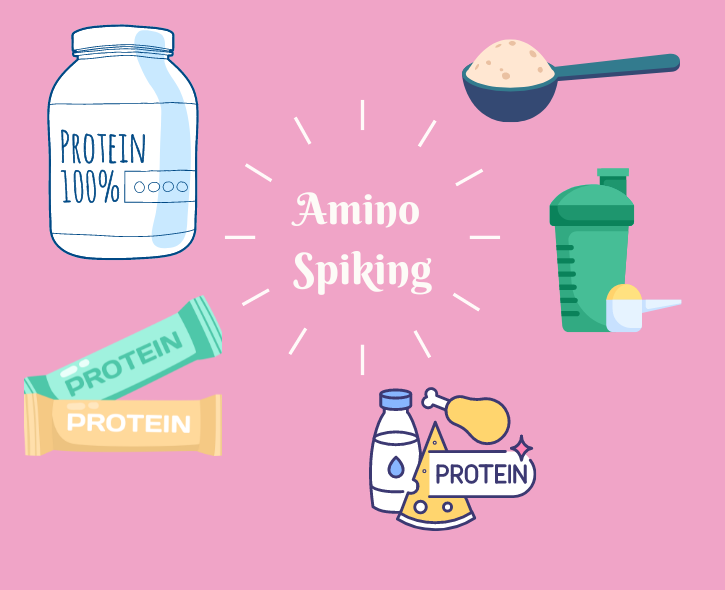
Share
If you’ve been using whey protein supplements for muscle building or fitness, you’ve likely heard the term amino spiking or protein spiking. But what is amino spiking in whey protein, and how does it affect the quality of your supplement?
In this blog, we’ll break down the meaning of amino spiking, how it works, and how you can spot it to ensure you’re getting the best value from your whey protein.
What is Amino Spiking in Whey Protein?
Amino spiking is a deceptive practice used by some manufacturers to inflate the protein content on whey protein labels. Instead of including only whole proteins, companies add low-cost, free-form amino acids like glycine, taurine, or glutamine. This practice allows them to falsely boost the protein content reported on the label, even though these added amino acids do not provide the same muscle-building benefits as complete proteins like whey.
In simple terms, when asking, "What is amino spiking in whey protein?", it's a cost-cutting tactic that can leave you with less actual protein than you paid for.
How Does Amino Spiking Work?
When protein content is measured, it’s often done by checking the nitrogen content in the product, since nitrogen is present in amino acids—the building blocks of protein. Manufacturers know this, so they add cheaper amino acids with a high nitrogen content. This tricks the tests into showing a higher protein level, even though those added amino acids don’t contribute much to your muscle growth.
For example, a protein supplement may claim 25 grams of protein per serving, but due to amino spiking, only 18-20 grams may come from high-quality whey protein, while the rest is made up of non-essential amino acids.
Why is Amino Spiking a Problem?
- Misleading Protein Content: You’re not getting the amount of high-quality protein you think you are.
- Poor Muscle-Building Potential: Essential amino acids like leucine are responsible for muscle protein synthesis. Amino acids like glycine or taurine, often used in spiking, don’t provide the same benefits.
- Wasted Money: You pay for premium whey protein, but you end up with a mix of cheap additives that offer less value for muscle growth.
How to Spot Amino Spiking in Whey Protein?
1. Check the Ingredient List
Look for free-form amino acids such as:
- Glycine
- Taurine
- Arginine
- Glutamine
If these appear high on the ingredients list, it could be a sign that the product is spiked.
2. Analyze the Amino Acid Profile
Many reputable protein brands provide a detailed breakdown of amino acids on their label. When asking, "What is amino spiking in whey protein?", understanding this profile is essential. If the sum of the listed amino acids roughly equals the total protein content on the label, you’re getting what you paid for.
For instance, if a protein powder label lists amino acids like leucine, isoleucine, and valine (BCAAs) in higher quantities and doesn't show unusually high amounts of cheaper amino acids like glycine, then the protein content is likely legitimate.
3. Look for Third-Party Testing
Products tested by independent organizations such as Informed Choice or Labdoor offer more assurance that the protein content is accurate and not spiked.
Reading Protein Labels: What to Look For
To make sure you're not falling victim to amino spiking, it’s important to pay attention to the protein powder label. When analyzing a label, follow these steps:
- Check for full transparency: Look for brands that break down the specific amounts of amino acids.
- Do the math: Add up the amino acids listed and see if they match the total protein count. This can help you detect whether the protein powder is spiked or if the protein content is legitimate.
We’ll be adding a photo of a protein powder label that lists the amino acids it contains. Here’s a quick tip: take a look at the amino acids listed, and try adding them up. If the total matches the protein content stated on the front, you're good! This means the product likely contains quality protein and isn’t using amino spiking to inflate the numbers.
This quick check can help you spot whether you're getting real protein value or just filler.

What to Choose Instead of Spiked Protein Powders
- Brands with transparency: Reputable companies often provide clear labeling and use third-party testing to verify their products.
- Whey isolate: Whey protein isolate generally has higher protein content and is less likely to be spiked.
- Whole food protein sources: Instead of relying solely on supplements, consider incorporating whole, natural sources of protein like homemade protein laddus. These laddus can be made using whey protein along with nutritious ingredients like nuts, seeds, and dates, providing a balanced, healthy snack.
Conclusion
So, what is amino spiking in whey protein? It’s a technique used to artificially inflate the protein content of supplements by adding cheaper amino acids that don’t provide the same muscle-building benefits as complete whey protein. By understanding how to read labels and looking for transparent products, you can avoid spiked protein powders and ensure you’re getting the quality protein you need to reach your fitness goals.
For more fitness and nutrition insights, visit The Drill and check out our latest blogs on health and wellness.
Explore More
-

What is Maida and Why is it Bad?
...
-

How Do You Choose the Right Products for Your Health?
...
-

Why Gyms Won’t Save You from Heart Disease in Your 30s: The Hard Truth You Need to Hear
...
-

Caffeine and You: Finding the Sweet Spot for Your Day
...
-

Why Potato Chips Are Addictive: The Science Behind the Crunch
...
-
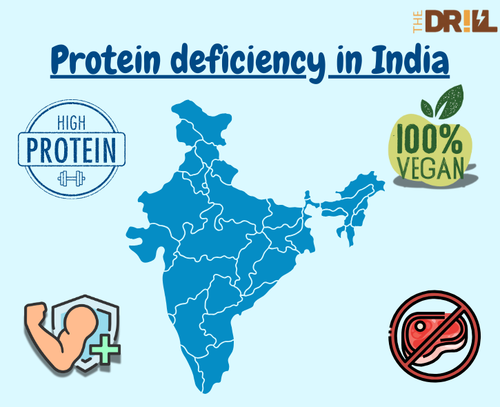
Why Protein Deficiency in India Is More Common Than You Think (And How to Fix It)
...
-

Health Benefits of Sea Buckthorn: The Superberry You Need in Your Diet
...
-

Cold Weather Hacks: How to Stay Healthy During a Mountain Trip
...
-

Top 10 Anti-Aging Foods to Keep You Young and Glowing – Bollywood Style
...
-

PUFA vs. MUFA: Which is Healthier?
...
-
Introducing Drill Lens: Your AI-Powered Food Rating Tool
...
-
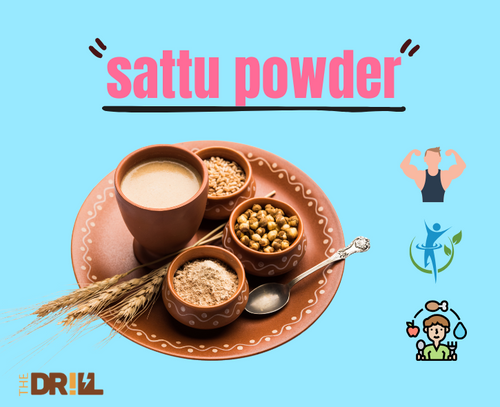
Benefits of drinking sattu everyday
...
-

5 Surprising Health Benefits of Teff Grain for Indian Diets
...
-

Can Taurine Cause Side Effects? Here’s What You Need to Know
...
-
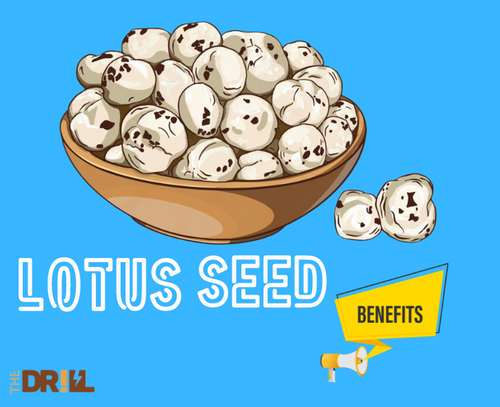
What Are the Health Benefits of Lotus Seeds?
...
-
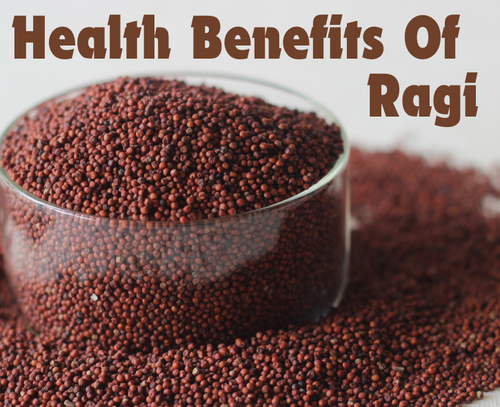
Health Benefits of Ragi for Vegetarians
...
-
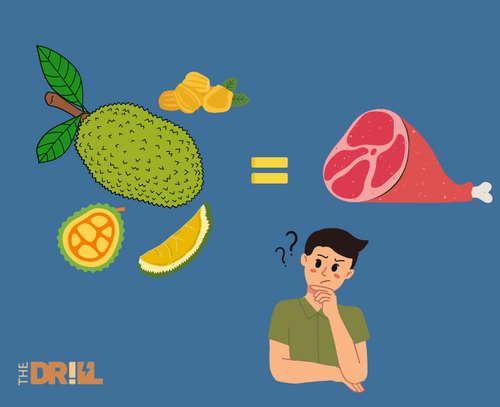
How to Use Jackfruit as a Meat Substitute in Indian Cuisine
...
-

Is Defatted Soya Good for Muscle Gain?
...
-
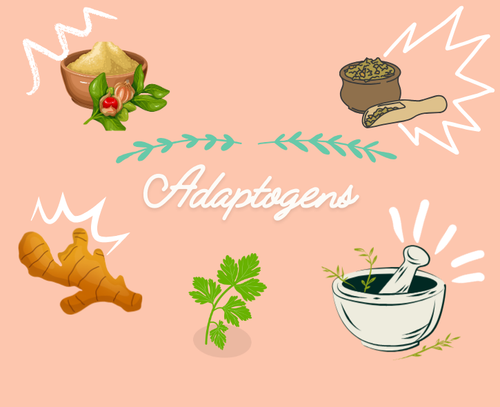
Beginner's Guide to Adaptogens
...
-

The Impact of Glycemic Index on Cravings
...
-
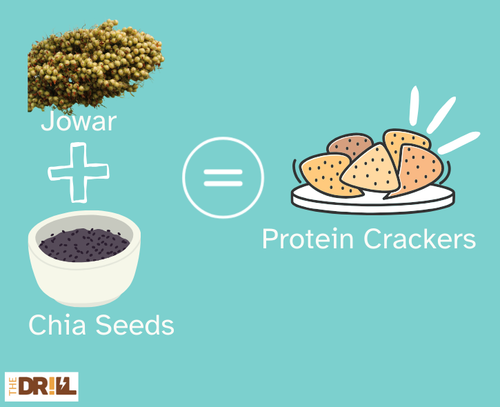
Jowar and Chia Seed Protein Crackers Recipe: A Gluten-Free, High-Protein Snack
...
-
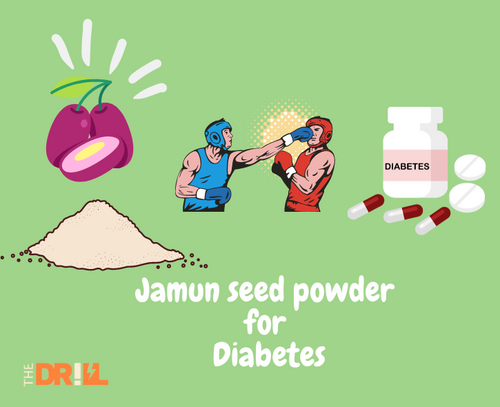
Jamun Seed Powder for Diabetes: Understanding the Benefits and How to Use It
...
-
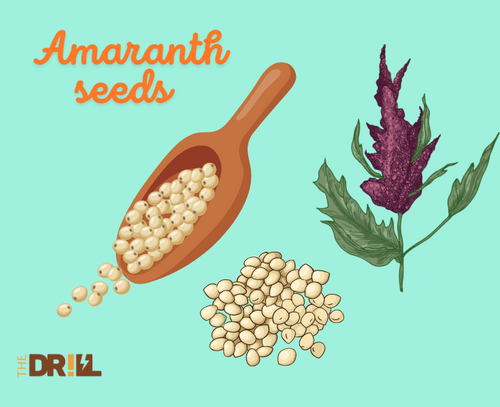
Amaranth Superfood Benefits: Why You Should Add This Ancient Grain to Your Diet
...
-

What Is Fructooligosaccharides (FOS) and Why Should You Care?
...
-
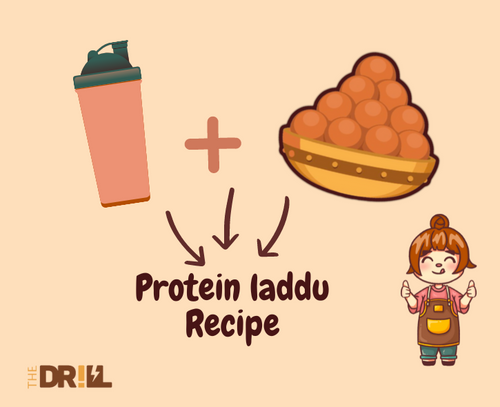
How to Make Protein Laddu at Home: A Nutritious Indian Snack
...
























